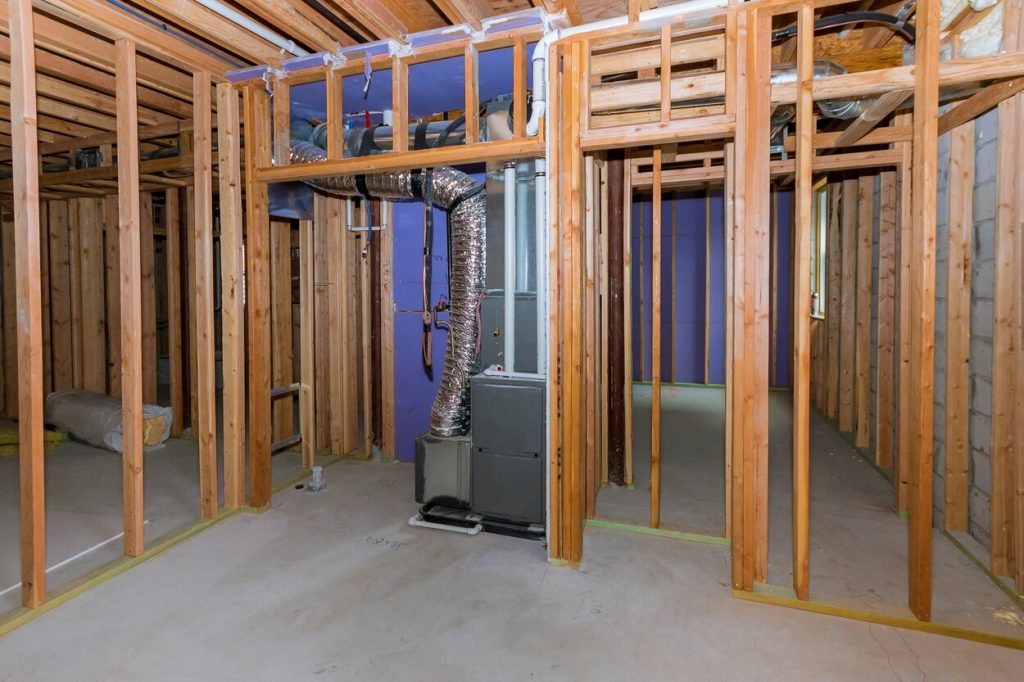Construction and renovation are more complicated than you might think. That’s why some DIY renovation projects can go wrong. Without a proper understanding of the role each component of a house’s structure works, people end up removing an essential part of the house.
Some people think that they can do without it and that they’re making a smart move since it’ll save them some money. But they will eventually realize why these elements of the home were there in the first place. And one of these elements people don’t realize is important is the subfloor.
What Is a Subfloor?
You can often find sheeting—typically plywood—under your finished flooring. This is the subfloor. You can think of the subfloor as the foundation for your floor. It is attached to the floor joists, providing support for your finished flooring.
Sometimes, there will be another layer between the subfloor and the finished flooring. This middle layer is the underlayment, which is often used for leveling or adhesion.
Is a Subfloor Necessary?
Some people may assume that the subfloor is redundant since you already have the finished floor. However, your finished flooring isn’t designed to attach to the floor joists. Thus, finished flooring alone wouldn’t be strong enough to hold the weight of the furniture and the people walking on it.
This is where the subfloor comes in. The subfloor is attached to the joists and provides a strong and stable base for the finished flooring. Depending on the type of flooring you’ll be installing above, you may use underlayment as a middle layer.
Why Do You Need a Subfloor for Your Basement?
Floor joists are found over the basement to provide weight-bearing support for the flooring. So, since there aren’t any floor joints in the basement, why would you still need a subfloor?
While subfloors mainly support finished flooring by attaching to the floor joists, they can serve another purpose in the basement. Basement floors can get pretty cold, so people often make the mistake of installing a carpet with underlay directly on the concrete floor. However, with the absence of a subfloor, condensation can happen within the carpet.
Installing subfloor tiles to your basement can make the finished basement floors more comfortable and moisture-resistant. The oriented strand board (OSB) is particularly good for basement subfloors.
Its underside has a strong plastic layer that can keep the OSB separate from the moisture coming up through the concrete floor. It can also minimize the condensation of warm and humid air against the concrete. OSB also has tiny legs extending beneath it that can slightly raise the subfloor. This can create a small space for trapping water leaks, preventing water damage.
Final Thoughts
Subfloors are more important than you think, even in basements. For floors built above an open area, the subfloor acts as a foundation for the finished flooring by attaching to the floor joists. But even with the absence of floor joists in the basement, subfloors still serve a significant purpose. They can provide warmth to the basement floor and prevent water damage from condensation against the concrete floor.
Get the basement of your dreams with the help of Handyman of Rockville. We provide basement finishing in Rockville, MD and Montgomery County, among other handyman services. You can count on us for a quick and hassle-free home improvement and time-saving service. Get a free quote now!
